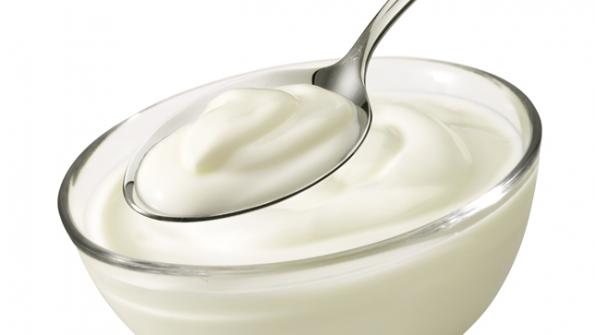Dairy has already lead innovation in the industry, tapping into consumer trends to create entirely new product areas. Here's what's on the horizon.
October 14, 2014

“Dairy, more than any other category, is perfectly positioned to profit from the most important consumer trends shaping the food industry,” says Julian Mellentin, director of New Nutrition Business, whose new report Key Trends in the Business of Dairy Nutrition outlines the 14 trends driving the category.
Dairy has already lead innovation in the industry, says Mellentin, tapping into consumer trends to create entirely new product areas.
Take savoury flavours, like Lifeway Food’s new Veggie Kefir in tomato, beet and cucumber, or Blue Hill’s yoghurt in six vegetable flavours including carrot, parsnip and sweet potato. Innovations like these perfectly demonstrate dairy’s new direction towards what Mellentin calls “Dairy 2.0”—a move away from added ingredients and towards natural benefits that are a natural fit with dairy’s wholesome image.
And that’s an image that’s been boosted recently by new research that has brought into question the supposed link between dairy fat and cardiovascular disease.
“The long-held view that dairy fat is connected to risk of cardiovascular disease has now been firmly debunked by a steady stream of good quality science,” says Mellentin in the report. “One day we will see that low- or no-fat dairy products have been a huge mistake. However, the strength of the low/no-fat belief is now so entrenched in consumer beliefs that this will take 20 years or more to change, for the mass of consumers.”
However, the most health-conscious consumers—the niche of savvy consumers who so often kick off innovations – are learning about dairy’s revised health image from other sources and will embrace “new dairy”.
“Science shows that dairy is nature’s whole food, with more benefits that are bringing new opportunities,” writes Mellentin. “It’s too early for companies to use these benefits for marketing purposes, but over the next decade they will support dairy’s “naturally healthy” identity.”
“A major part of Dairy 2.0 is about bringing formats that are established and traditional in one market and introducing them in a new market where they can be positioned as new and different,” Mellentin observes. The most conspicuous success so far is Greek yoghurt, but there are many others succeeding on a smaller scale, such as kefir and skyr.
Dairy has also driven the protein trend: “In the midst of the hype about protein it’s important to remember that it's dairy—specifically Greek yoghurt—that has created the trend and has driven the market to its current heights,” he says.
In digestive health it’s largely dairy that has created a market and continues to dominate it and although Europe’s health claims regulations have put an end to the growth of probiotics there, dairy probiotics are growing massively in many other markets, in particular Asia where:
Danone Activia is getting huge growth using exactly the same techniques that made it such a success in Europe and the US
Probiotic brand Yakult reported a 48 percent increase in its Asian sales in the year ending March 2014
And in health ageing, again, it is dairy products that have created the most successful formats, such as those for brain health (Danone Souvenaid) and bone health (Fonterra’s Anlene and Danone’s Densia), and many others.
“In fact dairy will continue to be the most important category for future growth in food and health and the place where you are most likely to find innovation,” says Mellentin.

You May Also Like


